1.Mickelsen Safeguard Complex, Nekoma, N.D.
Military bases are abandoned when they no longer serve a purpose. Whether a war is over or the base is too damaged.There are many abandoned military bases found all over the world. Bases can be located on their own island or even in the middle of a bustling city.
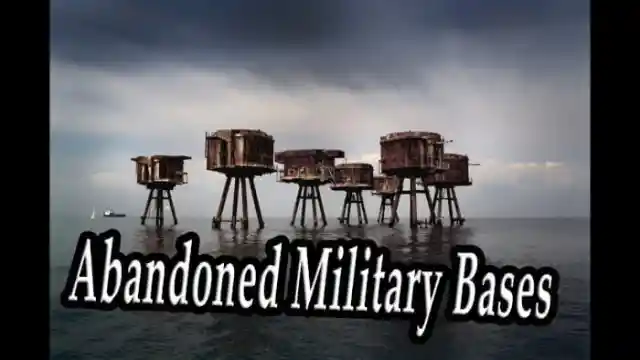
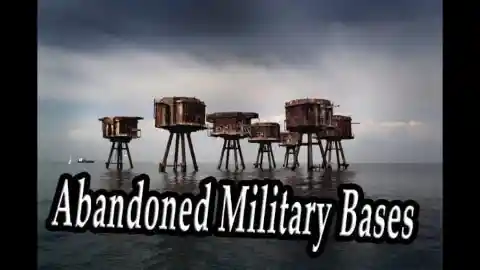
Many of these have taken on new lives as production centers and re-urbanized by civilian companies. Here are 20 of the creepiest abandoned military bases around the world!
1.Mickelsen Safeguard Complex, Nekoma, N.D.
Nekoma was designed as a pyramid for an unknown reason. The Mickelsen Safeguard Complex near Nekoma, N.D., was a radar system intended to find and destroy missiles launched at the U.S.
2.Fort Ord
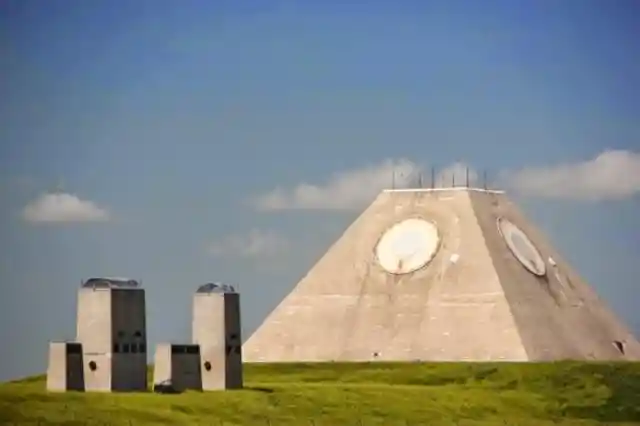
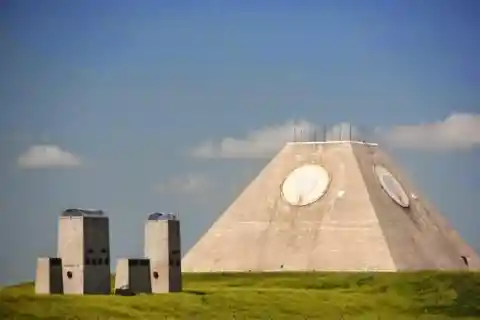
Because of a treaty with the Soviet Union that limited the number of weapons complexes each country could have, Mickelsen didn't even stay in service for an entire year. The complex was deactivated in 1976.
Fort Ord is located on California's central coast. It represents one of the most picturesque abandoned sites in North America. The fort was used primarily as a training center for U.S.
3.Fort Tilden
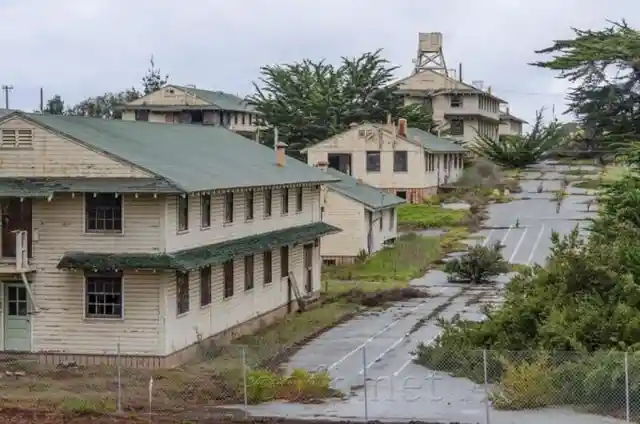
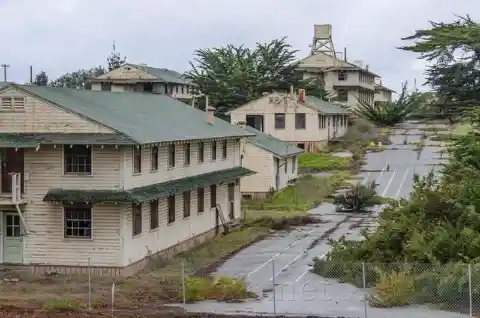
Army infantry. Fort Ord was established in 1917, underwent improvements in the 1930s, and stayed open until 1994 when it was closed as part of military downsizing.
Fort Tilden was established in 1917. This fort in Queens pointed its cannons toward the sea to protect New York. During World War II, Fort Tilden beefed up security in case of an attack.
4.RAF (short for Royal Air Force) Stenigot
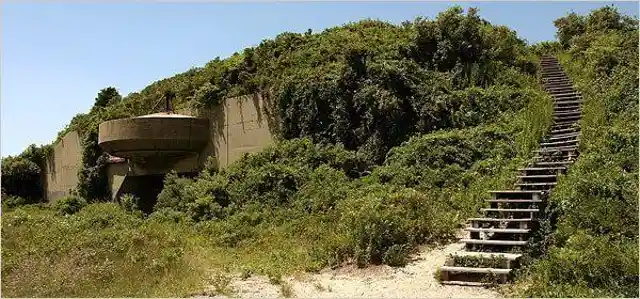
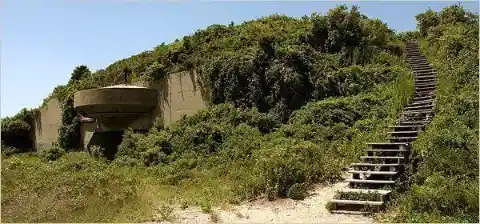
It turned out that the Fort wasn't needed during the war and was decommissioned in 1974. It has become part of the National Park Service and the site of urban exploration.
It was a WWII radar station in Lincolnshire, England. The base was a part of the Chain Home radar network which was supposed to function as an early warning system in 1959. Several years after the war ended, it was turned into a communications relay site.
5.Hashima Island (aka Battleship Island), Japan
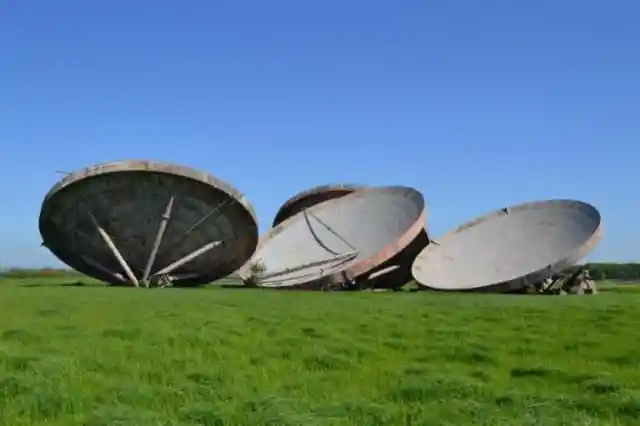

The site was decommissioned in the late 1980s. RAF was basically all but torn down by 1996. There is a memorial at the site to a former RAF Aerial Erector.
The island is entirely taken up by the abandoned base which is abut 9 miles from the city of Nagasaki. The 16-acre island has undersea coal mines which were built in 1887 during the industrialization of Japan. The coal mines were closed in 1974 and all the residents left the island, leaving the land completely abandoned.
6.Raf Hethel, England
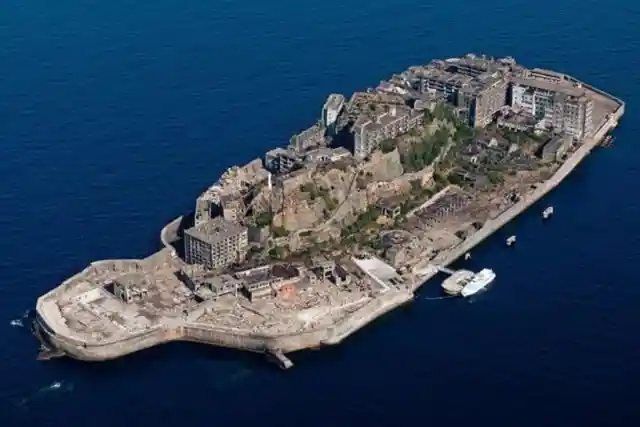
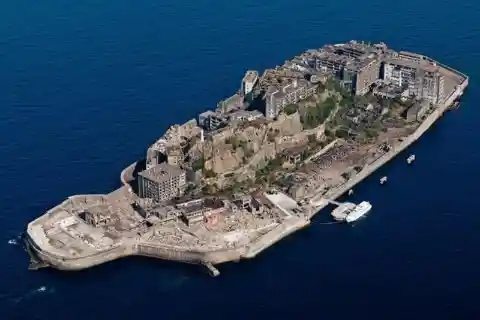
It’s now a UNESCO World Heritage site and has been open for tourist visits since 2009. With a dark past, inn the 30s through the second World War, the island was a place of forced labor where Koreans and Chinese POWs were required to work in the coal mines in brutal, inhumane conditions.
RAF Hethel was built for American use originally for fighting Axis forces during WWII. The Royal Air Force base was built in 1942 but fell into disuse by 1948. It was sold by the Air Ministry in 1964 during the post-war period and was used as a re-homing facility for people displaced by the war.
7.Zeljava Air Base, between Croatia and Bosnia and Herzegovina
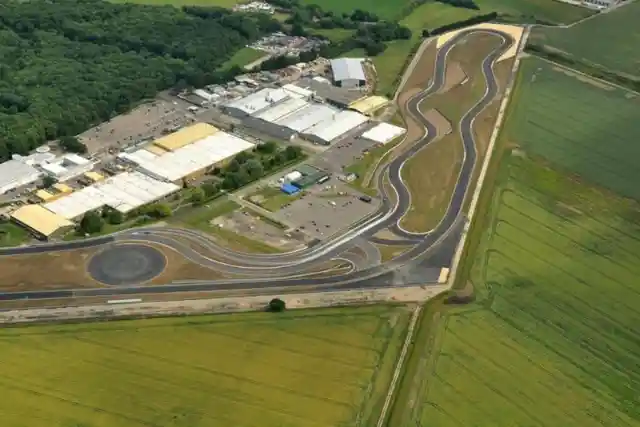

Recently the base has become the manufacturing and testing facility for Lotus Cars. Lotus Racing and Lotus Driving Academy are also at RAF Hethel.
This air base was the largest underground airport in former Yugoslavia. The purpose of the air base was to function as an early warning radar network. The airbase’s construction cost about $6 billion.
8.Carlstrom Field, Florida, USA
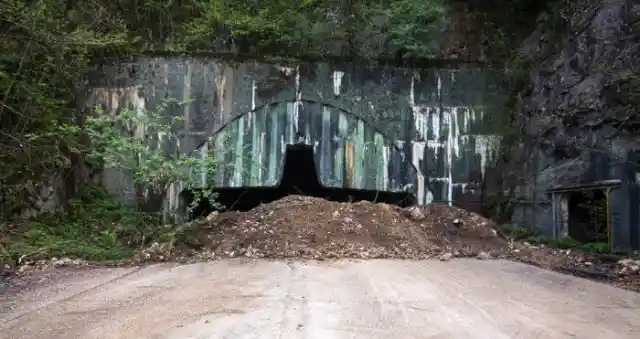
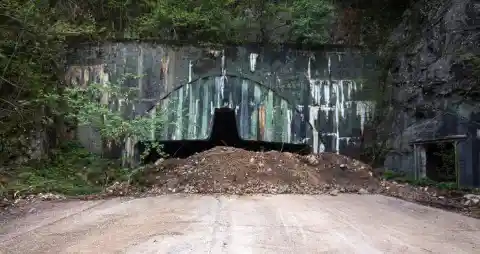
The base was built to withstand a direct hit from a nuclear bomb the size and scale of which fell on Nagasaki. The entire area is still heavily mined today and is used by local police forces to train land-mine finding canines.
The Carlstrom airfield is named after 1st Lieutenant Victor Carlstrom. Construction of the site began in 1918 when the US was involved in the first World War. The airfield was used as an advanced school for pilots that offered a six-week course after WWI was over. It was used as a testing base for new aircraft but reopened as a base again in 1941 during WWII.
9.Greenbrier Bunker
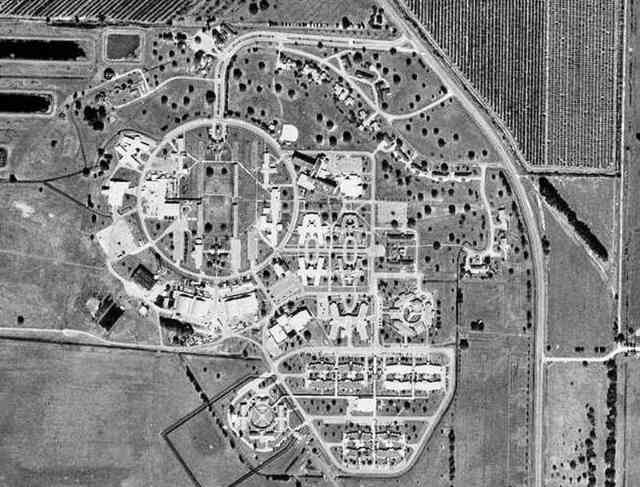
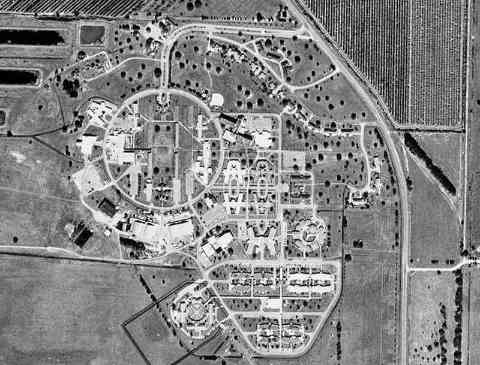
The airfield was closed after the war but was reopened as the G. Pierce Wood Memorial Hospital in 1947 which was then closed in 2002. Now, the site functions as a juvenile correctional facility.
The Greenbrier is a luxury hotel and resort in the Allegheny Mountains near White Sulphur Springs in Greenbrier County, West Virginia. The Greenbrier has 710 rooms, 20 restaurants and lounges and sits on 11,000 acres of land.
10.Titan I Missile Base, Colorado, USA


There happens to be a giant underground bunker that was built to be an emergency meeting place and shelter for Congress during the Cold War. It was decommissioned in 1992.
The Titan I Missile Base is one of many abandoned missile silos scattered across the US. There is basically no security to keep people out of this silo besides some neighbors who report trespassing.
11. Kalama Atoll, USA
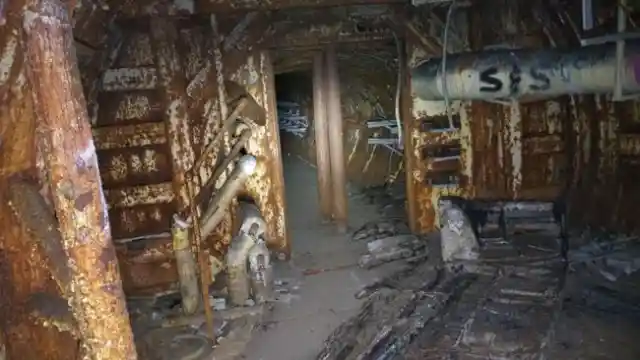
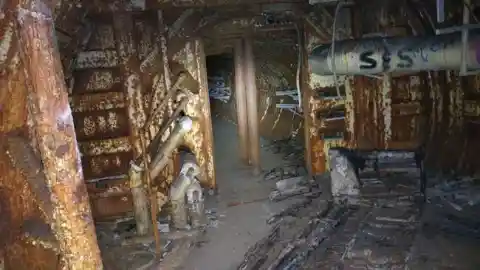
There are several underground tunnels and despite the actual missiles’ absence, it’s a dangerous place filled with various hazardous materials.
The islands are also known as the Johnston Atoll and it’s an unincorporated territory of the United States. For 70 years, the atoll was under American military control. It served as a bird sanctuary, a naval refueling station, and an airbase.
12. Ghost Fleet, California, USA
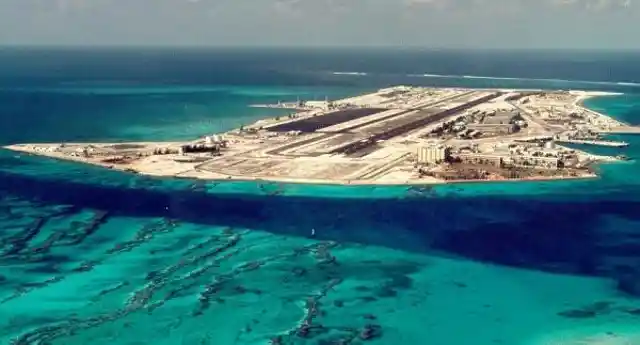
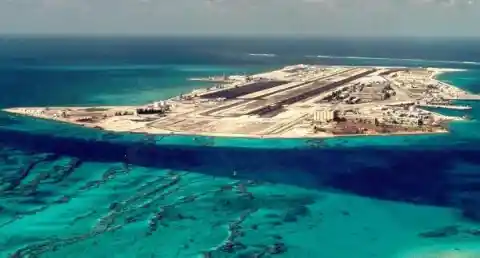
Due to the testing of weapons that involved hazardous materials, much of the environment on the island is contaminated. Leaks from nuclear weapons contaminated the soil in many places so cleanup workers had to gather the soil and place it all in a 24-acre spot called the Pluto Yard.
Nicknamed the “Mothball Fleet”, this group of ships represents the remains of the Unites States National Defense Reserve Fleet.
13. Balaklava Submarine Base
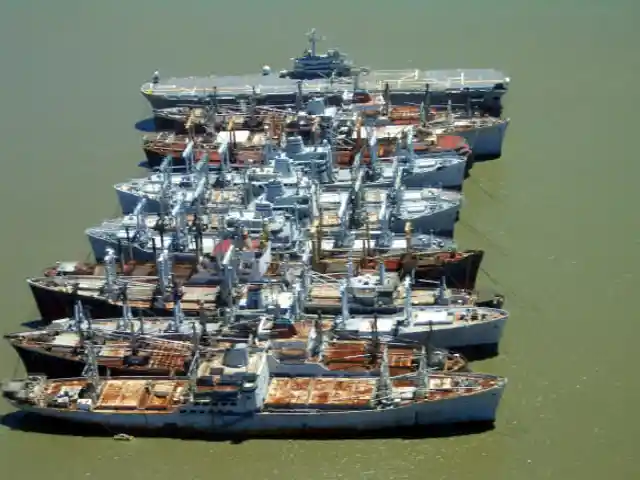

There are about 50 war ships that are sitting in Suisun Bay by San Francisco.
This Russian submarine base was formerly classified and was in operation until 1993. It was designed to withstand a direct atomic impact. The entire area of Balaklava was a very secretive residential area.
14. Maunsell Army Sea Forts
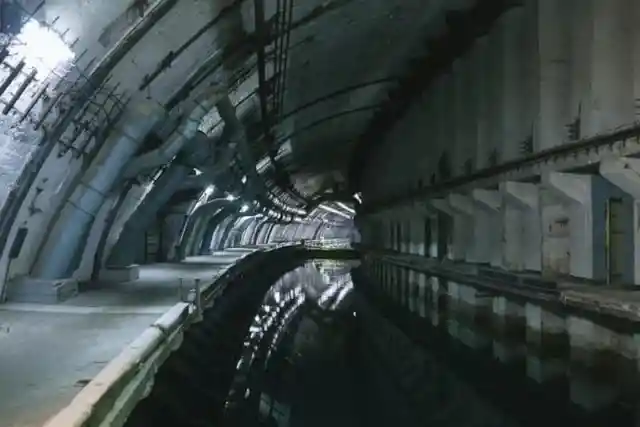
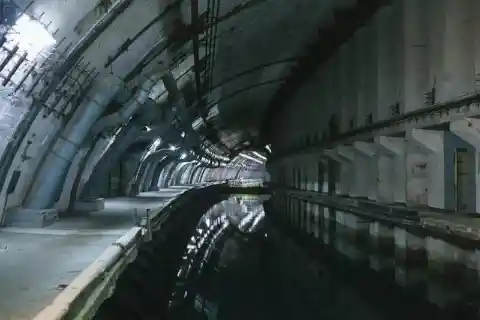
Even family members of residents who lived on Balaklava had trouble getting to the area. They had to use identification and have a purpose for being there. In 1996, the last Russian sub left the area.
These forts were used in WWII to help defend the UK. They’re named after the architect who designed them, Guy Maunsell. The forts shot down a total of 22 aircraft and 30 bombs during WWII.
15. Duga Radar, Ukraine
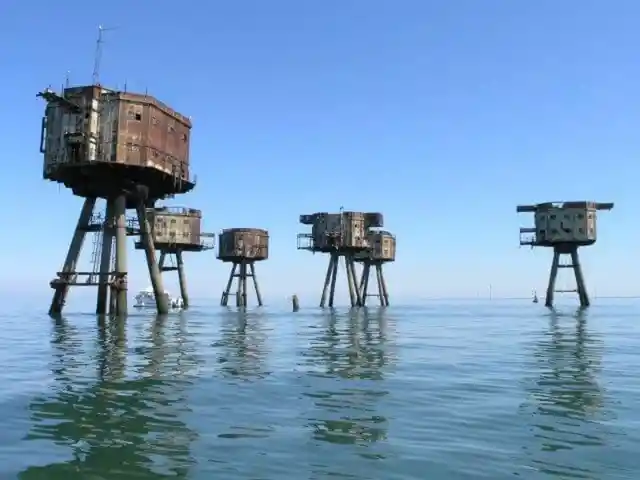
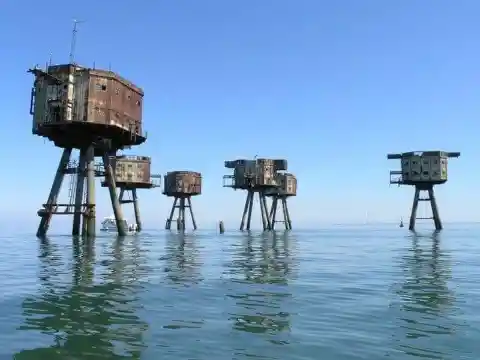
Radio enthusiasts took up the forts as pirate radio stations. The government passed legislation banning these illicit radio stations in 1967.
This impressive structure is nicknamed the Russian woodpecker. The structure created a sound that could be picked up on shortwave radio when it was operational.
16. Beelitz-Heilstätten
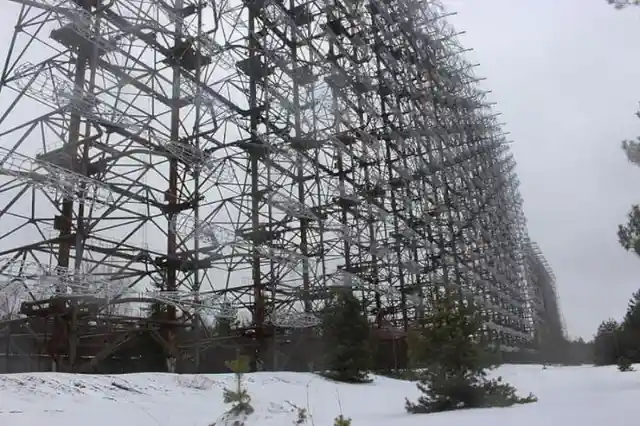
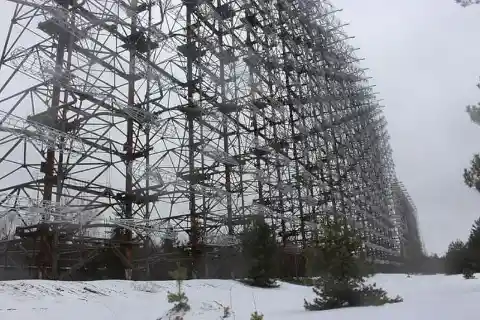
It’s right next to Chernobyl and has been declared radioactive since 1986.
The Beelitz-Heilstatten was a sanatorium that was turned into a military hospital during WWII. Adolf Hitler was actually treated for a war wound there.
17. Saint Nazaire Submarine Base
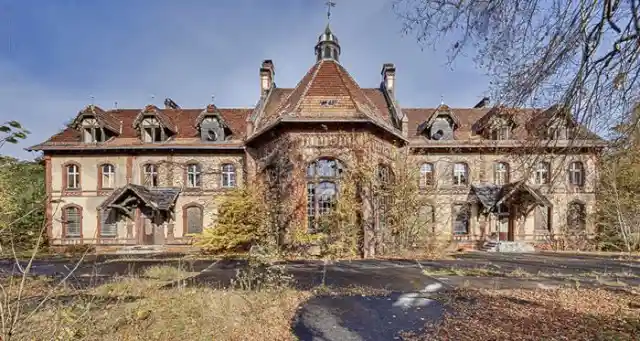
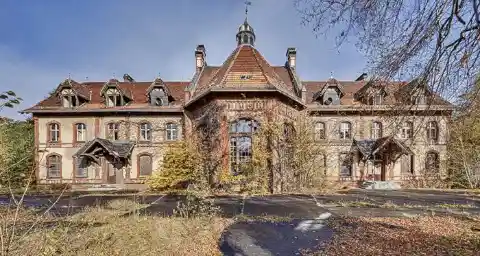
In 2000, the facility was finally closed and is now allegedly full of the spirits of former patients.
The Nazis seized the Saint-Nazaire harbor during the Battle of France. There are 14 submarine pens on the base.
18. 109th Iman Fortified
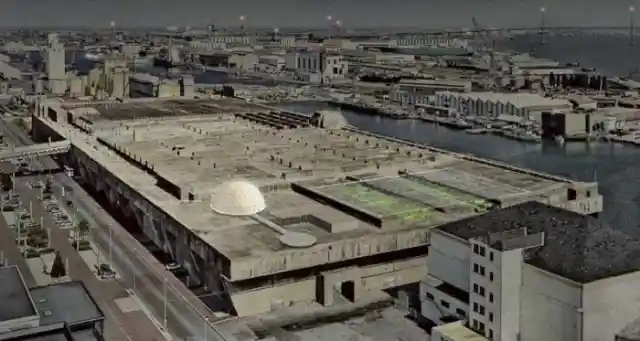

The base was abandoned after the war but in 1994, the municipality of Saint-Nazaire decided to re-use the base since it was too expensive to destroy. It features museums as well as bars.
This was a fort that was targeted by the Soviet military during WWII. It took heavy damage in battles between Russia and Japan.
19. Maginot Line, France
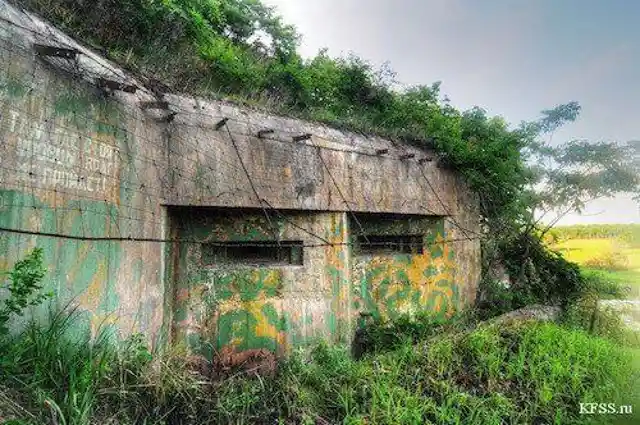
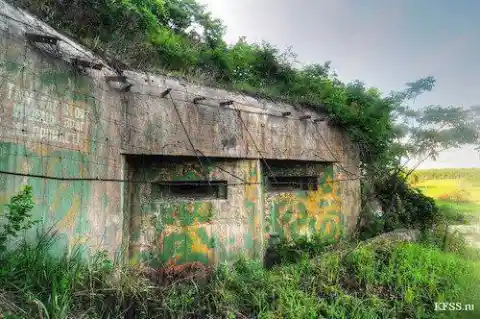
Today, you can visit this fort although it’s not an official site. Even finding it will be a challenge because it’s hidden in tall grasses.
The Maginot Line is a series of concrete forts across France that border the land shared with Switzerland, Germany, and Luxembourg. The forts were virtually indestructible and could withstand all sorts of attacks including aerial bombings and tank fire.
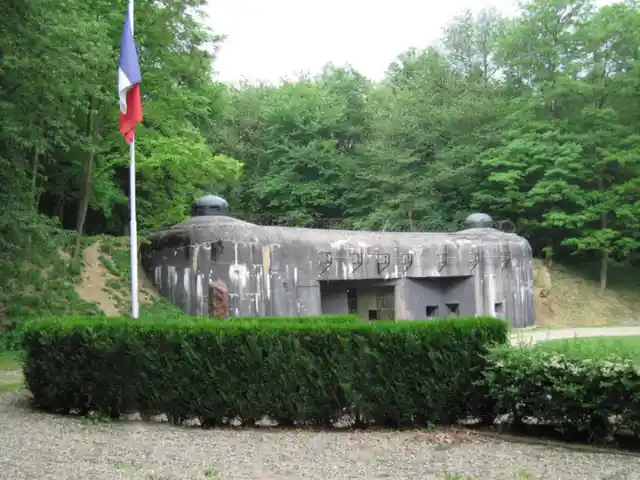
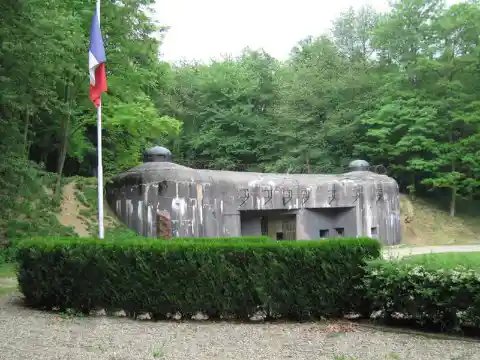
Unfortunately the Maginot Line did not keep out the Germans. Today, the forts are mostly abandoned with some that were converted into civilian facilities like wine cellars, a disco, and a mushroom farm.